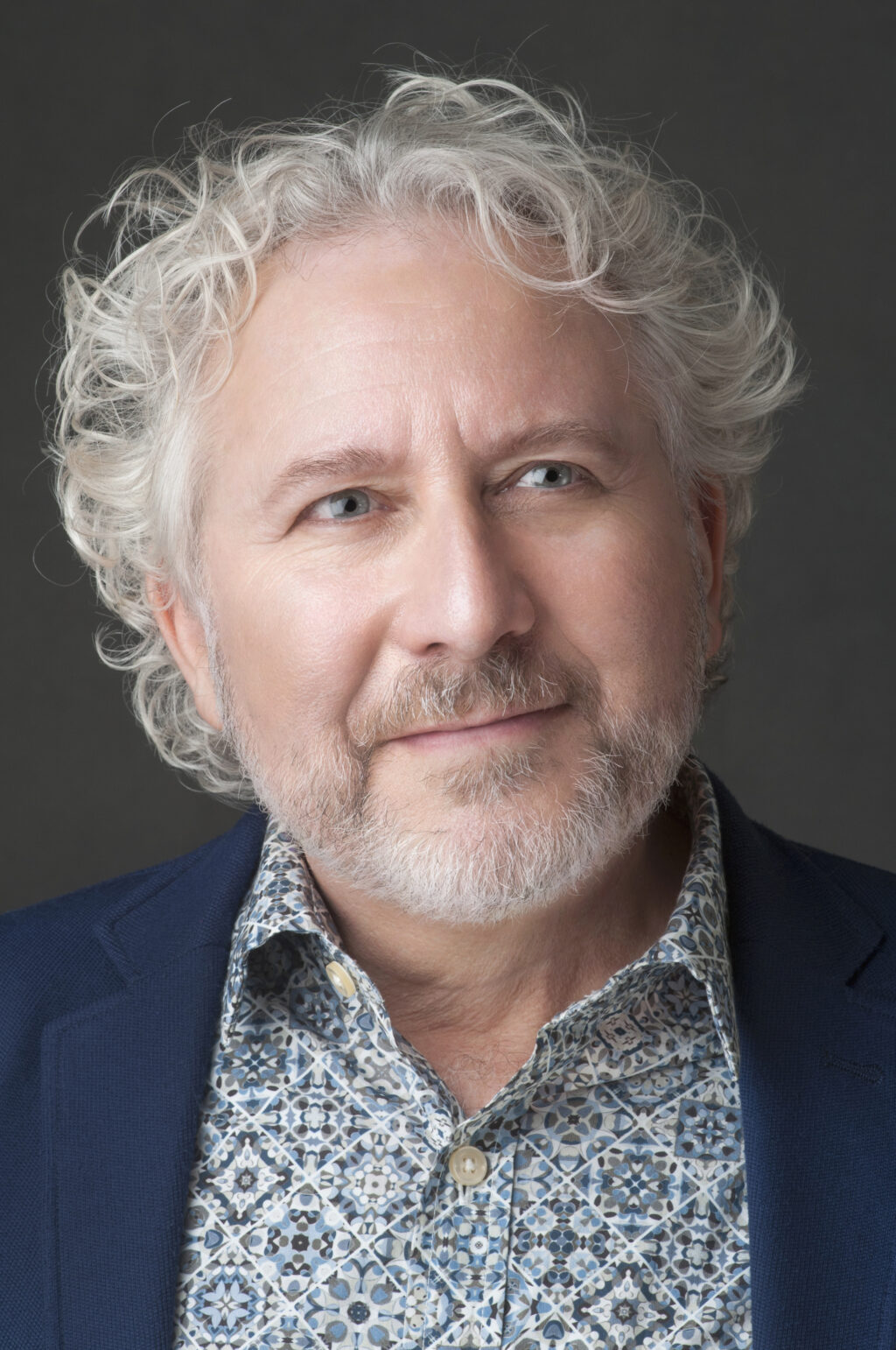Brian Woodbury – Who is Who? Two Musicians Both Named Brian Woodbury
4 min read
1. Who is who? Please give us a short description of the two personas called Brian Woodbury.
Brian R. Woodbury, born 1958, Los Angeles-based composer/lyricist, bandleader, vocalist, bass, guitar, keyboards. Has released 12 albums by himself or with his various ensembles, including Anthems & Antithets Vol 1-4, released 2020-2022
Brian W. Woodbury, born 1992, Utah-based trombonist, composer, professor of music, released album Dream Feeder in 2021
2. What happened with the streaming services and their consideration of two artists under the same name?
The streaming services conflated the two Brians Woodburys as the same artist, listed their albums under the same single artist profile.
3. Who does finally own the trademark for “Brian Woodbury” and how does this affect your future plans in the music industry?
We’re still fighting over it. ; ). But, seriously, I don’t think we can trademark our names. We will carry on as before, and keep trying to make sure the internet knows there are two of us.
4. How did the two personas called Brian Woodbury decide to make a song together?
I (LA Brian) contacted Utah Brian to ask if he could help disentangle the mixup on Spotify and YouTube. I thought if we both contacted them at once, it would be easier. It turned out it wasn’t. But I joked that we could make a song together to confuse the algorithm. Eventually, I thought that would actually be a good idea, musically, and it would be a good gag. I liked his music, and he liked mine. So I wrote some lyrics and music for a verse and brought it to him. He wrote music for the bridge. Then we both wrote music for the instrumental section.
5. Did you resolve the problem with the algorithms?
Partly. Spotify seems to have corrected the problem. YouTube, Apple Music, Amazon, not yet.
6. Do you have any plans to release more music together?
No plans, although I very much enjoyed working with Utah Brian. He played on 3 other songs on the new album. He’s a terrific trombonist and composer, and I would gladly work with him again.
7. You both come from different musical worlds. How did you agree on the final music style of your music?
There wasn’t a lot of discussion really. I kind of spearheaded the initial writing of the lyrics and the music for the verses, and that set the tone. It’s a pastiche of prewar American pop jazz songwriting. But it’s also eccentric and unusual enough to feel fresh.
8. Do you remember the filming of the music video for The Other Brian Woodbury?
We shot each musician separately in his home studio. Utah Brian filmed himself. I filmed myself in front of a green screen, so I could key in the other musicians in the background. I wanted to give it a kind of nostalgic look, so I set the lights with a lot of contrast – one side bright, one side dark – so they would be very dramatic, almost expressionist. I also shot at unusual angles to enhance that look. Then I turned the footage black and white in the editing process to complete the effect. I tried to find moments that would show good “chemistry” between the musicians in the final edit. The music is difficult to play, and everybody was reading charts, so we had to shoot everyone a few times though each section, to give it a more spontaneous feel.
9. How do you both approach the process of songwriting?
Here’s how we approached it for this song. I started by writing the lyrics and music for the verses. Utah Brian immediately got where it was going, and he wrote music for the bridges. Then we devised an instrumental section which starts as a straight-ahead trombone solo, and then excursions to more post-modern jazz territory. I was thinking of the Bad Plus, and I sketched some ideas. Utah Brian elaborated on those, and added trombone parts. The Intro vocal section, if I remember correctly, I wrote based on the music from the Bridge. But it might have been the other way around. At any rate, there’s a melodic relationship. The instrumental sections are also derived from music from the other sections of the song. So the Instrumental is a big deconstruction development section. Utah Brian wrote all the trombone arrangements. I did the rhythm section arrangements, with the assistance of David Witham (piano) on the piano part.
10. How do you feel about the current status of the music industry?
I love that there is so much music available to hear. And so many people to potentially work with.
I worry that the public is not educated well enough in music to get the most out of listening and participating in music. I wish the industry would invest more in music education, and outreach.
I also wish there were a clearer sense of organization to music catalogs, streaming platforms, etc. My mother was a librarian, with a Masters in Library Science, and she always emphasized the necessity of organizing, categorizing information. If the information is there but it is not indexed and cross-referenced, it is invisible. Utah Brian’s and my predicament is an example of that problem. If the information was more readily available, more easily input, it would be clear who was who. This problem exists not just in music. The entire information infrastructure needs a revolution in its librarianship.
To purchase:
US & North America: https://brianwoodbury.bandcamp.com/album/rhapsody-filigree
UK & Europe: http://www.rermegacorp.com/
For more information:
https://www.facebook.com/BrianWoodburyMusic/


